Imagine the ordinary clang of pickaxes in a Malaysian tin mine, the dust swirling in the humid air—then, suddenly, a discovery that turns ordinary miners into unwitting paleontologists. Dinosaur fossils in Malaysia? It sounds like a plot twist straight out of an adventure movie, yet this extraordinary event is grounded in real science and has shaken the world of paleontology. For years, many believed the lush rainforests and rolling hills of Malaysia held no secrets from the mighty Jurassic era. But when fossilized remains surfaced from the earth in an unlikely place, everything changed. This is the story of an ancient world revealed where no one expected—right beneath the boots of tin miners.
Unearthing the Unexpected: Discovery in the Tin Mines
The story begins in Perlis, a northern state of Malaysia, famous more for its tin mines than for prehistoric treasures. It was during routine mining operations that workers stumbled upon something unusual. Instead of the shiny metallic veins they sought, they found fragments of rock with strange, embedded shapes—bones, unmistakably ancient. The discovery sent ripples through the scientific community, as dinosaur fossils had never before been formally identified in Malaysia. The excitement was palpable; it was as if the ground itself had whispered secrets millions of years old.
Why Malaysia’s Fossil Find Is a Game Changer

Until this discovery, Malaysia was a blank spot on the dinosaur fossil map. While neighboring countries like Thailand and Laos had yielded prehistoric bones, Malaysia’s geological record seemed silent. The Perlis fossils shattered this silence, proving that dinosaurs once roamed what is now a lush tropical paradise. This not only fills a glaring gap in Southeast Asia’s prehistoric puzzle but also hints at rich, uncharted fossil beds yet to be explored. For paleontologists, it’s like finding a missing piece in a centuries-old jigsaw—one that could rewrite what we know about dinosaur migration and evolution in Asia.
A Glimpse Into the Jurassic Past
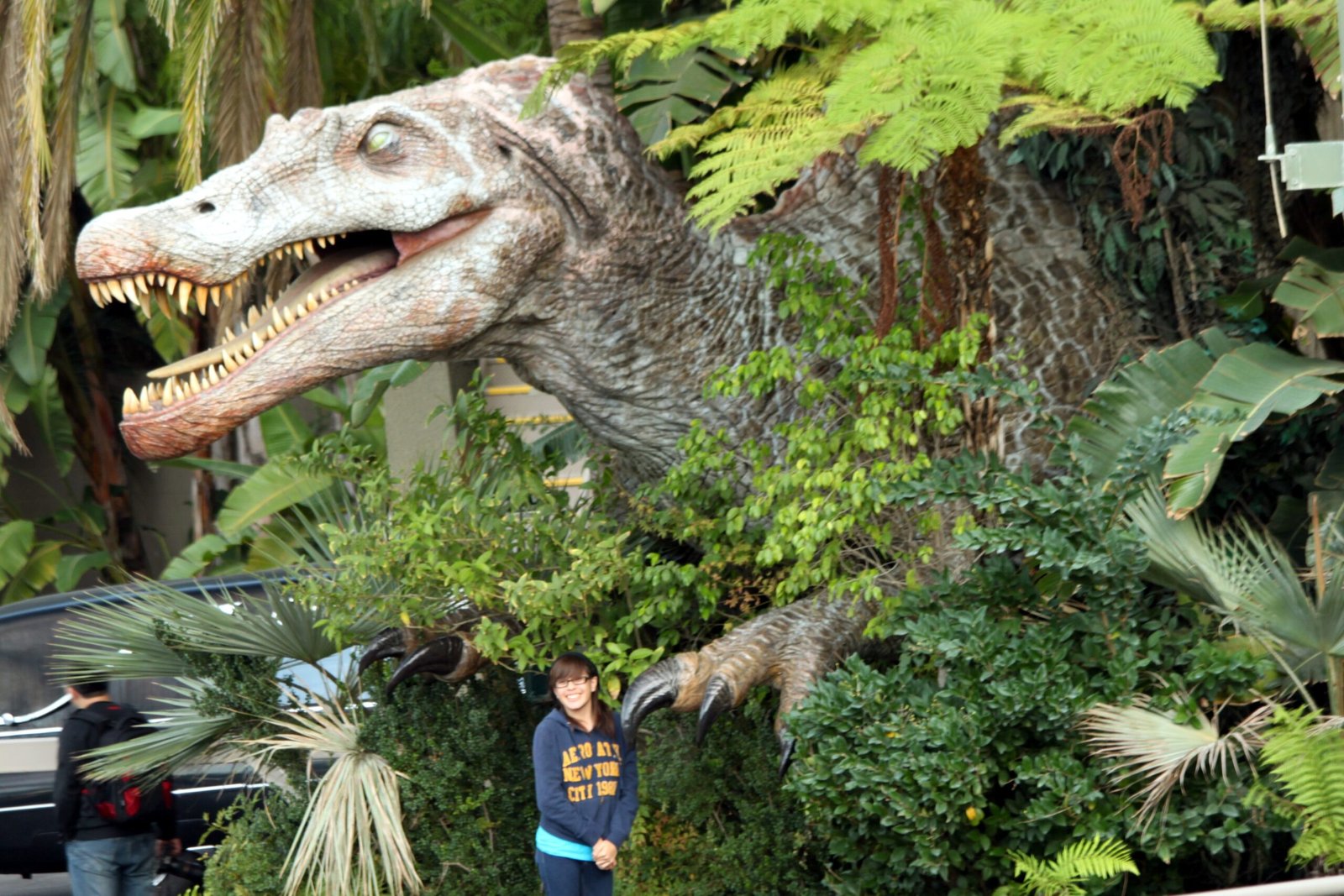
The fossils found in Malaysia date back to the Jurassic period, approximately 160 million years ago. This era was a time of towering sauropods and fearsome theropods, though the exact species discovered in Malaysia is still under study. Imagine the land teeming with giant reptiles, lush ferns, and ancient rivers—so different from today’s bustling towns and emerald rainforests. Each fossil is a time capsule, preserving a snapshot of life from an age when the world was young and wild. It’s a humbling reminder of Earth’s vast, mysterious history.
The Science Behind Fossilization
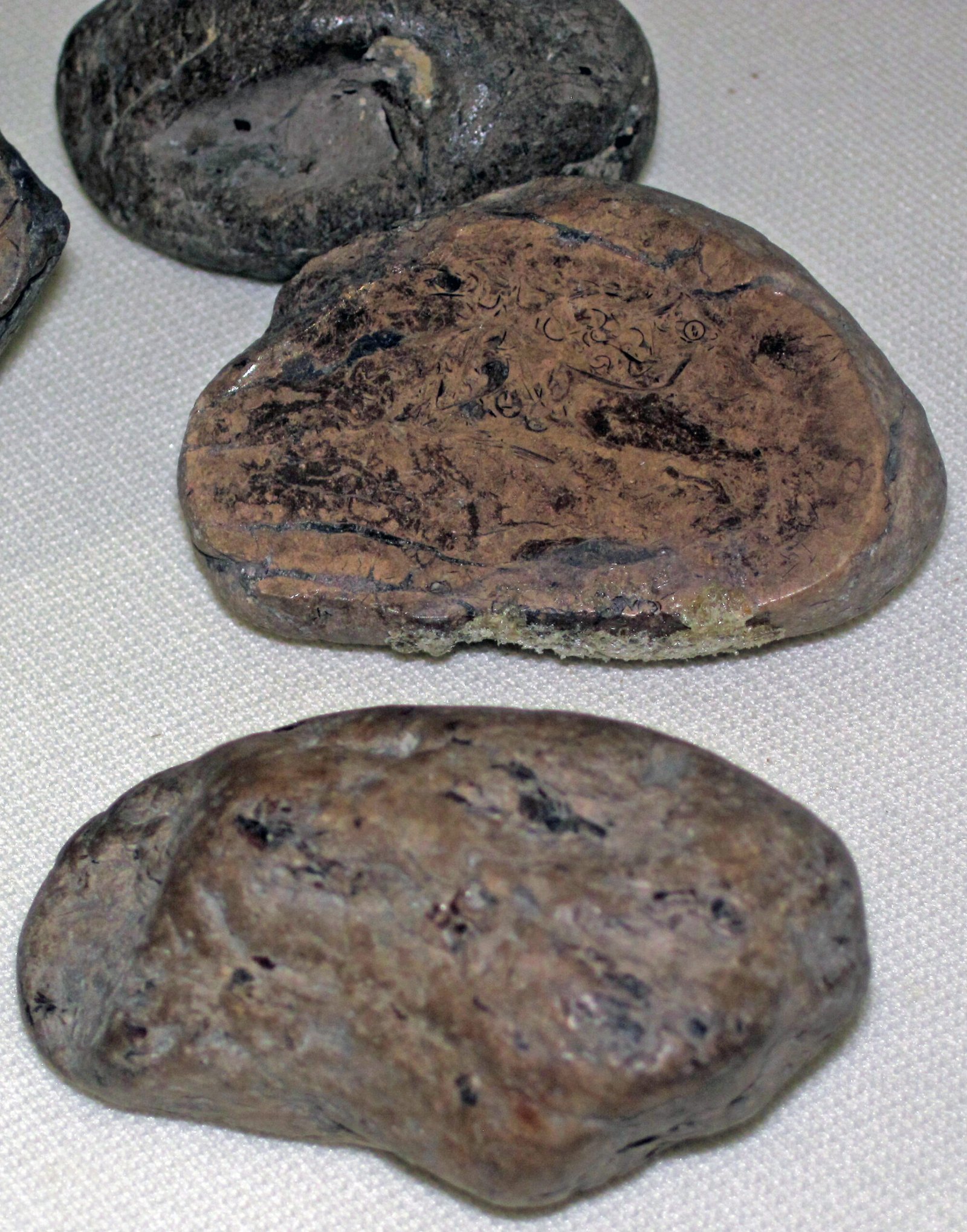
How do bones survive for over 100 million years, turning from living tissue to stone? Fossilization is a rare and delicate process that starts when an animal dies and is quickly buried by sediment. Over millennia, minerals gradually replace the organic material, preserving the shape and structure of the bone. In the tin mines of Perlis, unique geological conditions—layers of sediment, pressure, and mineral-rich waters—created the perfect setting for this ancient transformation. These fossils are not just bones; they’re geological miracles, born out of pressure, time, and a little bit of luck.
Surprising Diversity: What Fossils Revealed
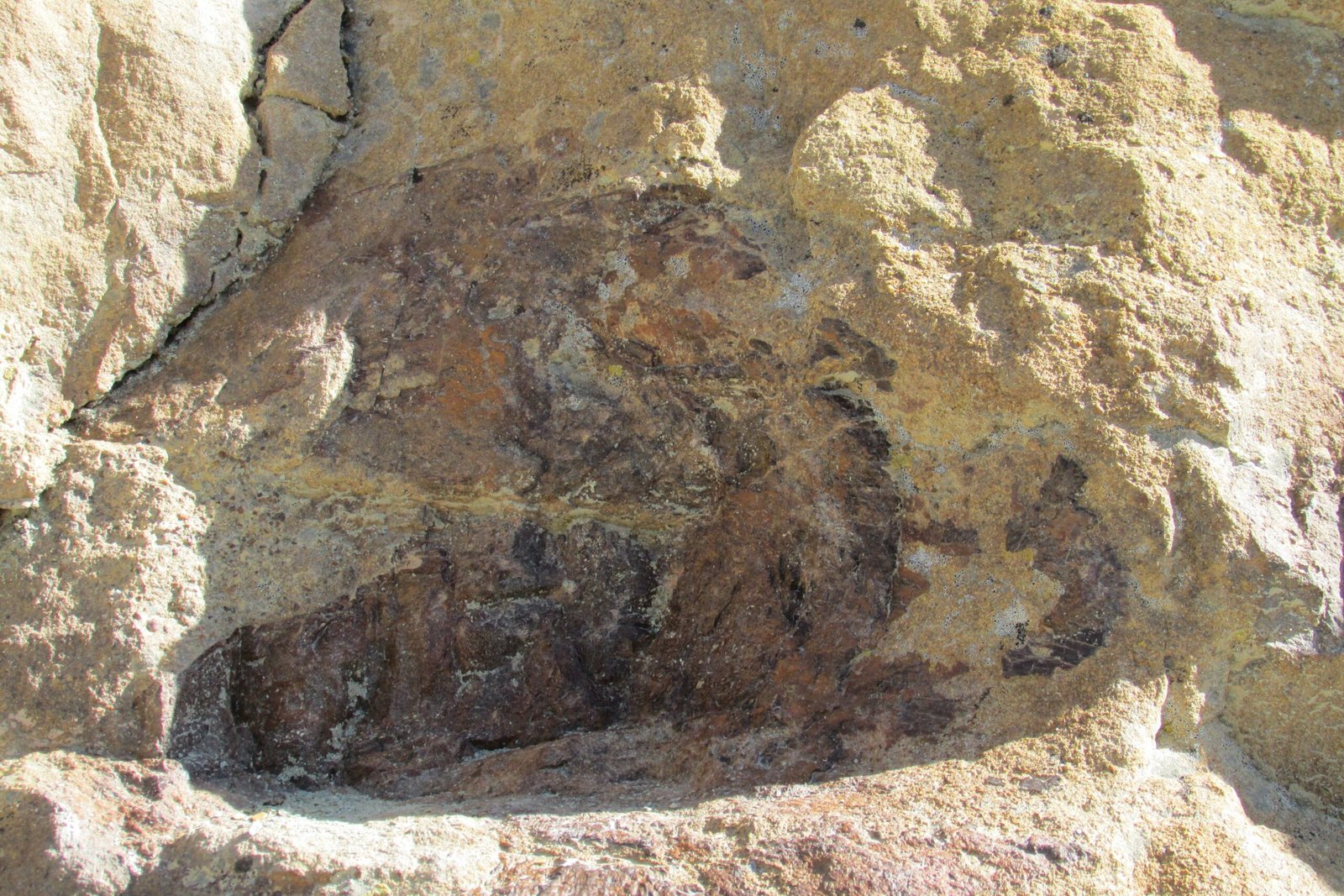
Initial analysis of the unearthed bones suggests they belong to large, herbivorous dinosaurs—possibly sauropods, the “gentle giants” of the Jurassic world. Some fragments hint at the presence of theropods, the group that includes the infamous Tyrannosaurus rex. If confirmed, this could mean that Malaysia’s prehistoric ecosystem was far more diverse than previously thought. It paints a vivid picture: immense plant-eaters lumbering through ancient forests, hunted by agile predators. The discovery has inspired new expeditions, each hoping to uncover even more secrets buried beneath the Malaysian soil.
The Role of Tin Mining in Paleontology
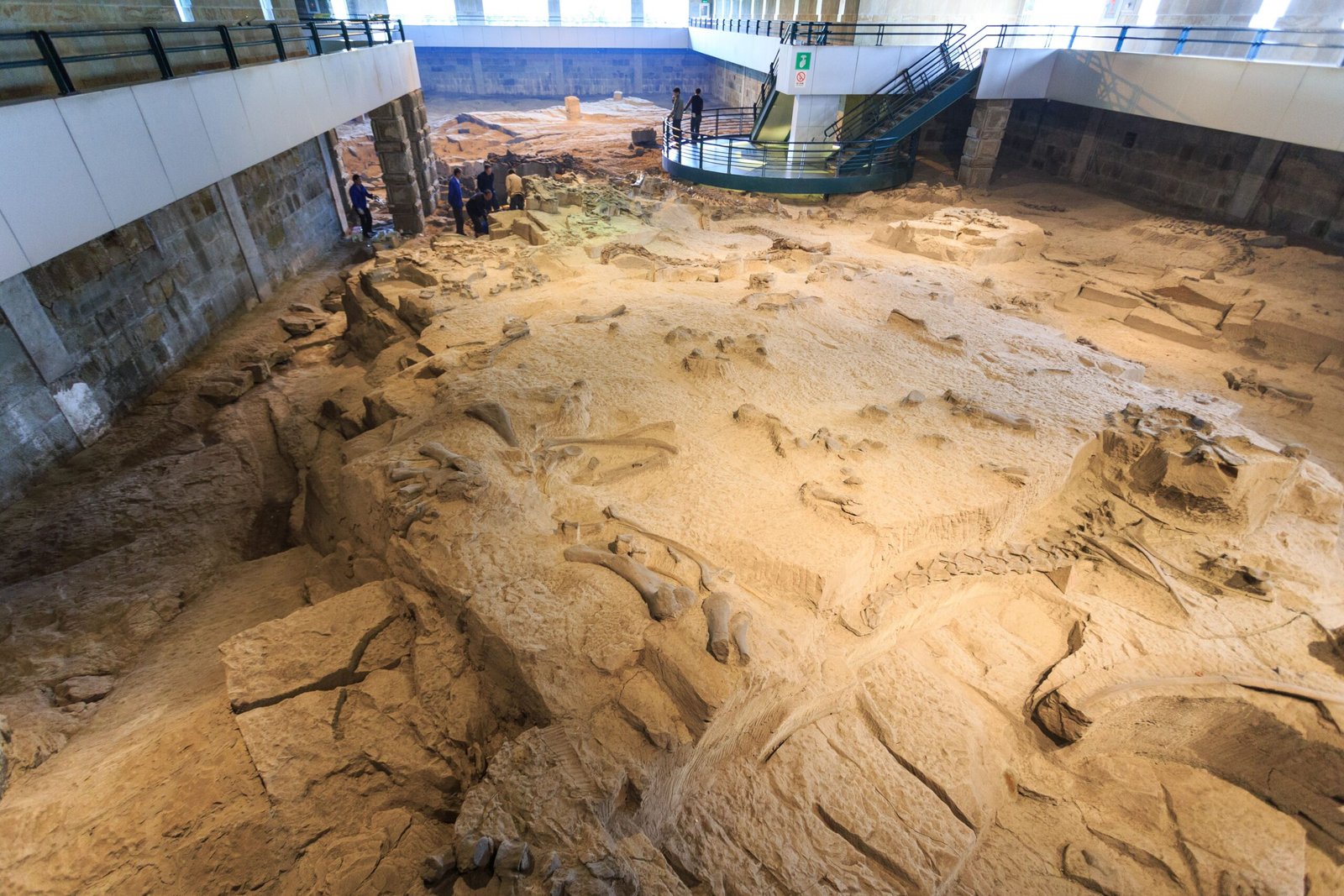
It’s ironic that the search for valuable minerals led to an even greater scientific treasure. Tin mining, by its nature, digs deep into ancient layers of rock—layers untouched for millions of years. In Perlis, miners unwittingly became explorers of the deep past. Their find is a powerful reminder that scientific discovery often comes when least expected, and that industry and science can sometimes join hands to uncover knowledge. Today, some mining operations in Malaysia actively collaborate with paleontologists, ensuring that future fossil finds are preserved and studied rather than lost to the dig.
Malaysia’s New Place on the Dinosaur Map
The Perlis fossil discovery has put Malaysia on the paleontological map. International teams now look to Malaysia with fresh interest, eager to explore its unique geology and climate for more buried relics. The government has recognized the importance of these finds, supporting further research and conservation efforts. For Malaysian scientists and students, it’s an inspiration—a reminder that their homeland is part of a much larger story, one that stretches back to the dawn of the dinosaurs.
Challenges and Triumphs in Fossil Preservation
Preserving dinosaur fossils is no simple task, especially in Malaysia’s humid, tropical climate. Once unearthed, bones must be carefully protected from moisture, mold, and erosion. Local scientists have worked tirelessly to stabilize and study the finds, using techniques like plaster jacketing and controlled drying. There have been setbacks, with some fossils damaged or lost to the elements, but each success brings new hope. The dedication of Malaysian researchers has made it possible to share these ancient wonders with the world.
Inspiring the Next Generation of Scientists
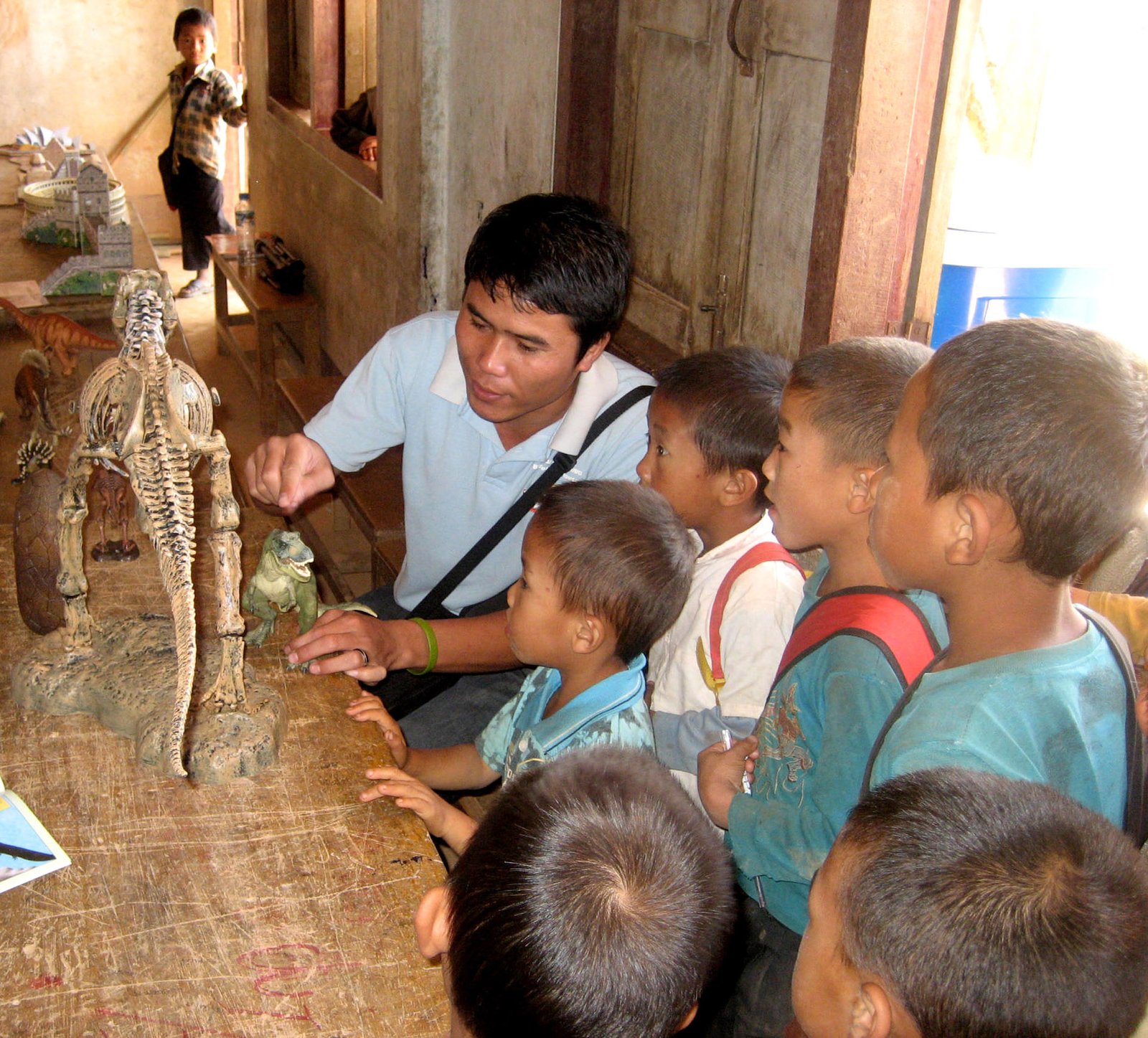
The discovery has sparked a wave of excitement among young Malaysians. Schoolchildren visit exhibitions to marvel at the fossils, their imaginations fired by tales of ancient giants. Universities have launched new programs in geology and paleontology, aiming to cultivate homegrown expertise. The story of the Perlis fossils proves that science is alive and full of surprises—and that the next great discovery might be just beneath our feet.
What Lies Beneath: The Promise of Future Discoveries

The Perlis find is likely just the tip of the iceberg. Vast stretches of Malaysia remain unexplored, their ancient secrets hidden beneath layers of rock and soil. Each new fossil has the potential to answer old questions or raise new ones. Will we find evidence of new species? Could there be fossilized footprints, eggs, or even the remnants of ancient plants? The ground is alive with possibility, waiting for curious minds and adventurous hearts to unlock its mysteries.
The Enduring Wonder of Malaysia’s Jurassic Jackpot
Malaysia’s dinosaur fossils remind us that the world is still full of hidden marvels. What began as an ordinary day in a tin mine became a moment of scientific revelation, connecting Malaysia to the grand saga of life on Earth. These ancient bones bridge the gap between past and present, science and wonder. In every fossil, there is a story waiting to be told—one of resilience, discovery, and the endless curiosity that drives us to dig deeper. Who knows what the next swing of a miner’s pick might reveal?


